Tiraditos, Aguachiles, and Ceviches…what’s the difference?
Exploring the differences in three famous fish dishes
Hola, my friends…are you surviving the heat? I hope you stayed as cool as you could last week, and maybe you made a negroni de Bourdain with a big ice cube. And I hope, as you were sipping it, you were thinking of all the times Tony made you think about the world a little differently, and made you smile while he was doing it.
Today I want to talk about seafood…prepared in its purest form…raw! When you think about raw seafood, your mind might immediately go to oysters or sushi, right? In many cultures, the idea of raw anything can be something that makes people a little nervous, but if you grew up in Spain, or maybe New England or the Pacific Northwest, you might have grown up eating oysters taken right from the ocean that morning. Or if you grew up eating sushi, you probably learned that there is a lot of trust that goes into finding the right supplier for the product that becomes that beautiful piece of raw fish art that sits in front of you at the sushi bar.
But there are many other raw preparations out there, especially in Latin America—tiraditos, ceviches, and aguachiles. Have you seen them on menus and wondered, what is the difference? At China Chilcano, we serve both ceviches and tiraditos, and at Oyamel and China Poblano we have ceviches and aguachiles—so what is going on here? Though they all involve raw or lightly cooked seafood marinated in acid, their origins, ingredients, preparations, and sometimes plating can show the differences that reflect the culinary heritage of each region. Let’s get into it, so next time you’re at a restaurant, or cooking for friends in 100º summer weather, you’ll know exactly what you’re talking about!
Ceviche might be what you’re most familiar with, especially if you live in the United States—it’s one of the most internationally recognized seafood dishes around the world. It has roots in Peru, but you can see lots of variations throughout many Latin American countries, especially Mexico, Ecuador, and Colombia. Of course in Peru, ceviche isn’t just a dish—it’s a national treasure (recognized by UNESCO!) steeped in centuries of history. It usually features fresh sea bass or another firm, white fish, bathing in an acid like lime, kissed with the heat of ají peppers. The acidity of the citrus “cooks” the fish, which can change its texture…the marination can be quick, or it can take a few hours depending on what type of texture you want for your fish. Do you remember that the marinade is referred to as “leche de tigre,” or “tiger’s milk?” (I think it's one of the best hangover cures you can find…a cold shot of it will bring you back to life!) Traditionally, thinly sliced red onions, fragrant cilantro and a touch of sea salt are the finishing touches, perfectly balancing heat, acid, and the flavor of the ocean itself.
Tiradito is also from Peru and you might mistake it for ceviche, but its influence is both Peruvian and Japanese. Nikkei cuisine (which means “Japanese-Peruvian,” but sometimes Nikkei can also refer to a Japanese person living outside of Japan) was developed during the 19th and 20th centuries, and led to the creation of dishes like tiradito. You can see the Japanese influence with its delicate presentation—the fish is cut more finely, similar to sashimi. The sauce often includes citrus, but also pureed peppers like ají amarillo or rocoto, sometimes mixed with oil or broth, giving tiradito a creamier consistency than ceviche. You pour the acidic marinade over the fish just before serving to preserve its texture, which makes for both a beautiful plate and an impressive tableside presentation.
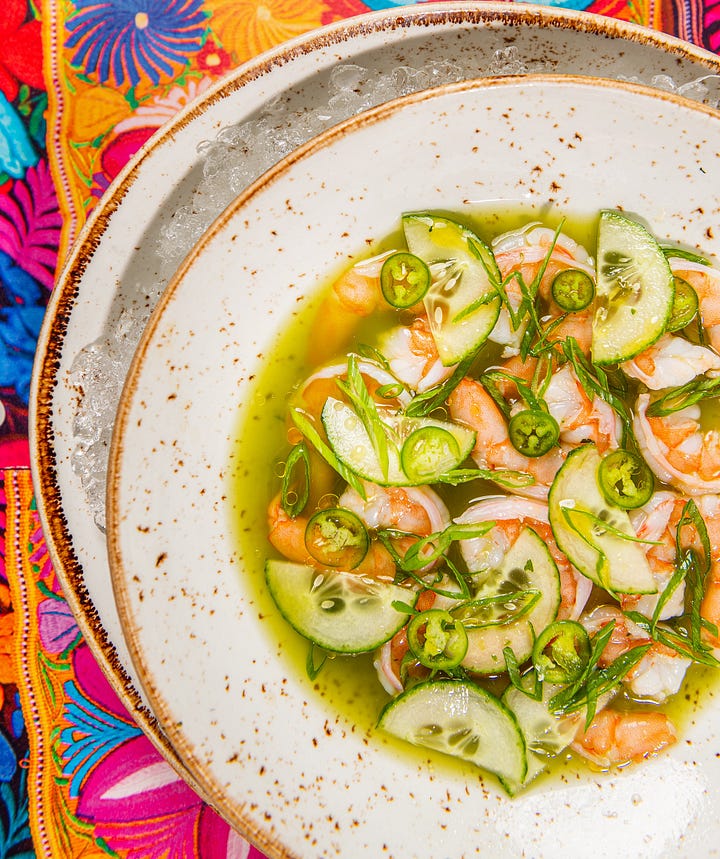
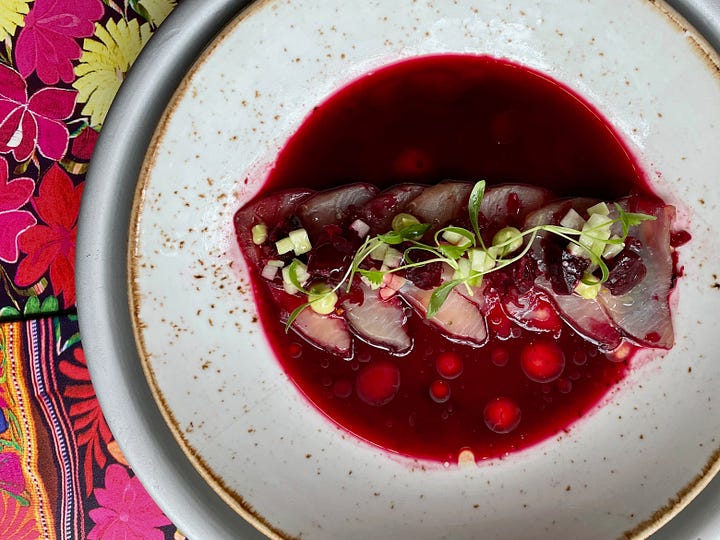
Aguachile translates to “chile water” in Spanish (of course!) and it’s Mexico’s answer to tiradito and ceviche. It’s rooted in regional Mexican traditions—especially the state of Sinaloa, across from the southern tip of Baja California. Originally a dish made by fishermen, aguachile has evolved, with many chefs putting their own signature on it, but it is distinctively bold—while ceviche and tiradito have more balanced or citrus-dominant marinades, aguachile is all about the heat, people! Many aguachiles are made with raw shrimp marinated in lime juice, water, cilantro, and fresh green chiles like serrano or jalapeño. The shrimp are usually marinated for only a few minutes before serving to preserve their tender texture. You can usually find it served with sliced cucumber, red onion, avocado, and if you are in the right place…fresh tortillas!
Of course because we are celebrating Ceviche Fest right now at China Chilcano, you should come enjoy some ceviche or tiradito with us. Or of course, we serve ceviches and aguachiles at Oyamel and China Poblano and Butterfly…so maybe this week you should plan to go to both and try them all? And stay tuned for Wednesday’s recipe, because I think you will really enjoy making it. In the meantime, let me know…what are your raw fish preferences? Do you have a favorite to eat? To make? Let us know in the comments!




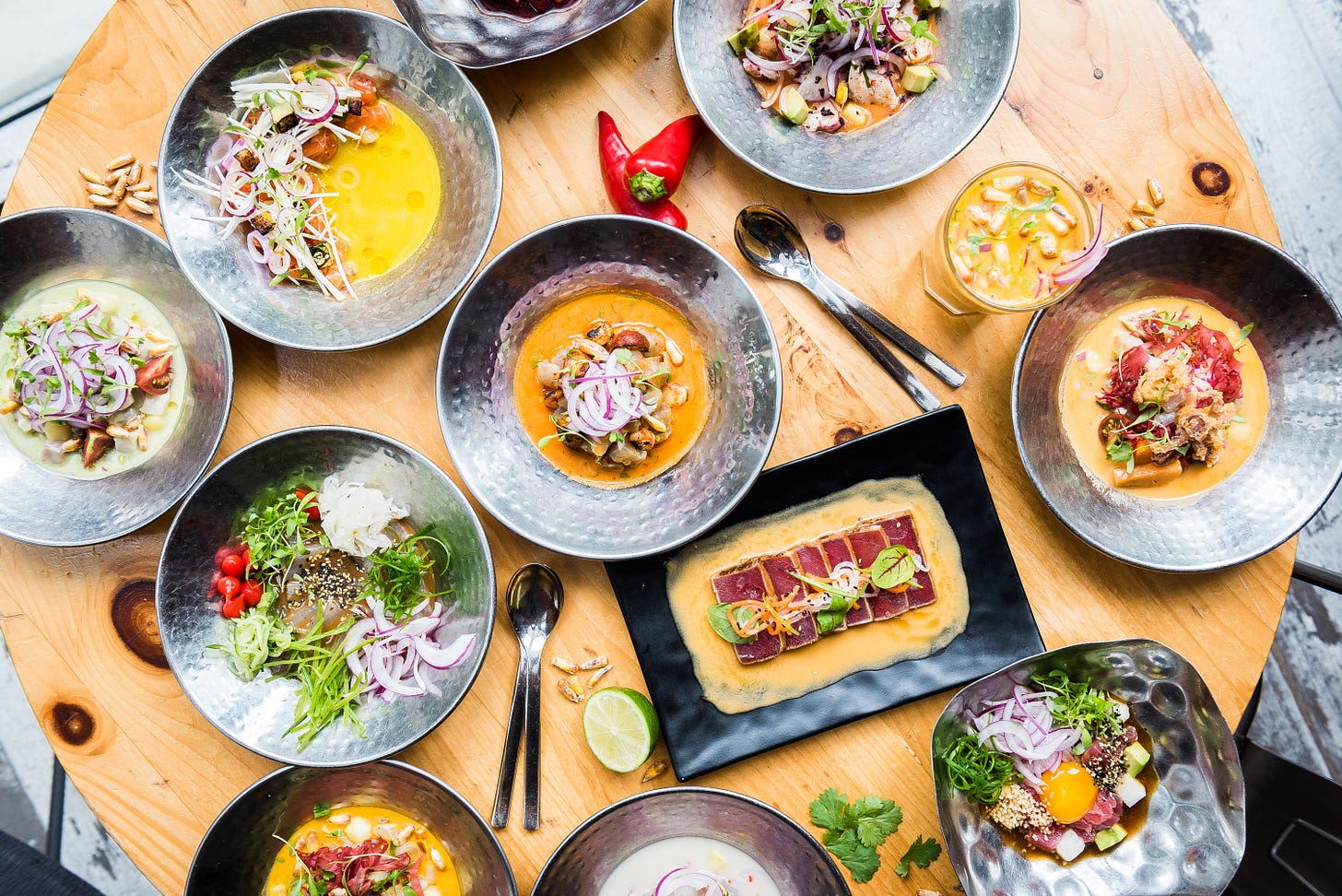
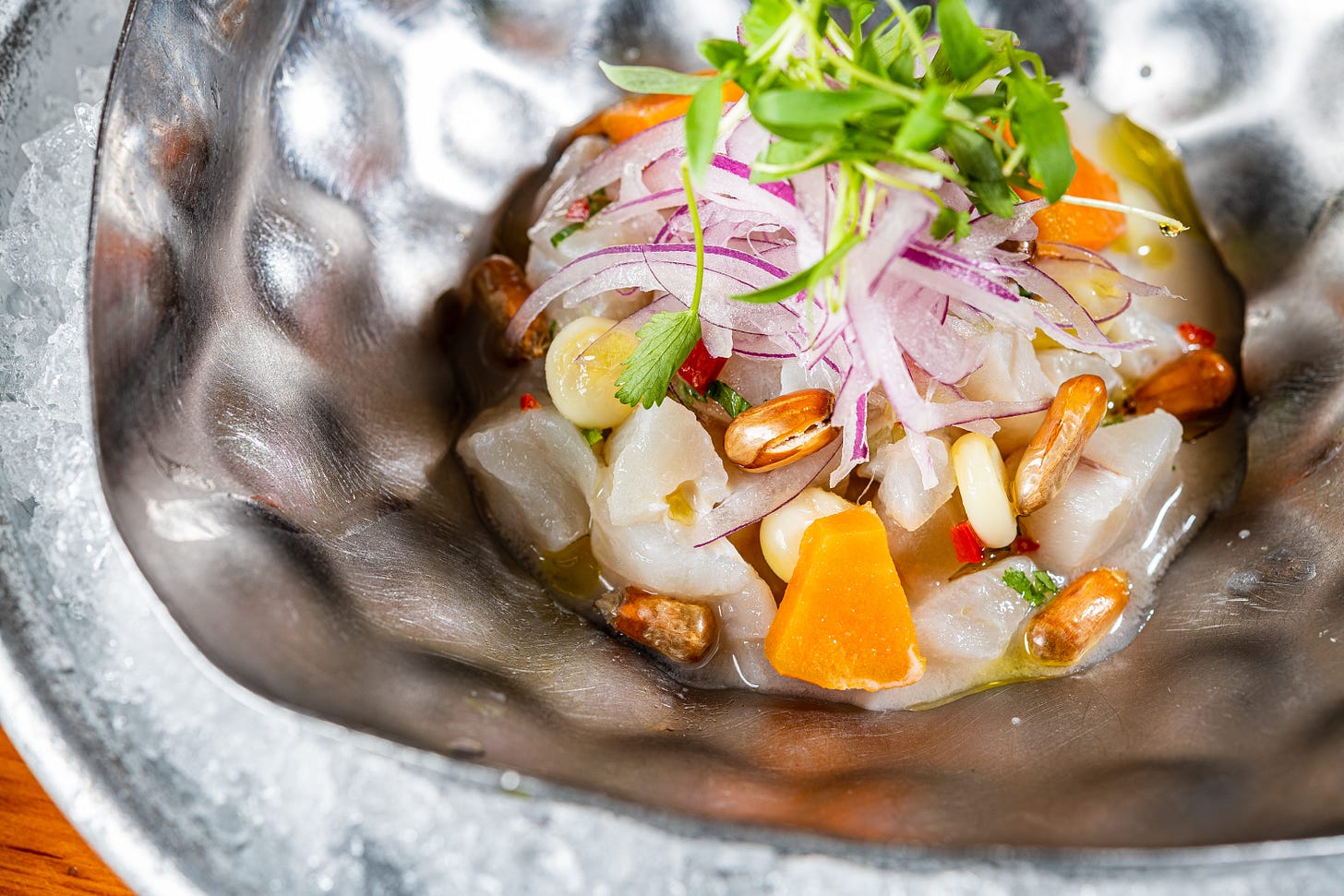

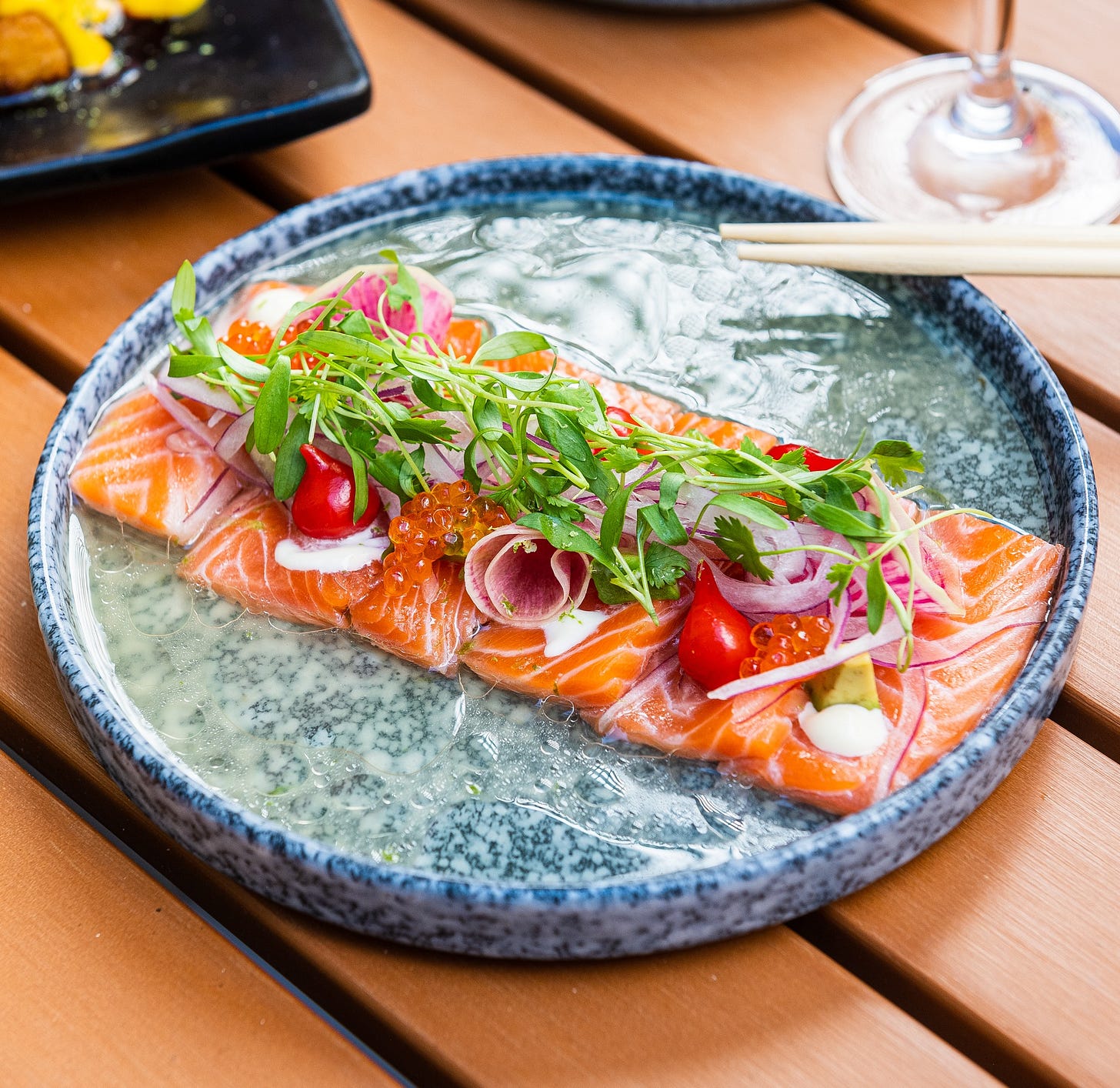
Chef, I have been a huge fan and supporter of WCK and will continue. However, I think you really damaged your reputation (I know I am not alone in thinking this) when you attended the vulgar, wasteful, ostentatious nuptials in Venice last week. I don't know how you square that with the great work you do, and I find it jarring and sad.
Let’s see. Jose Andres for the Nobel Peace prize or Trump? What a close call!